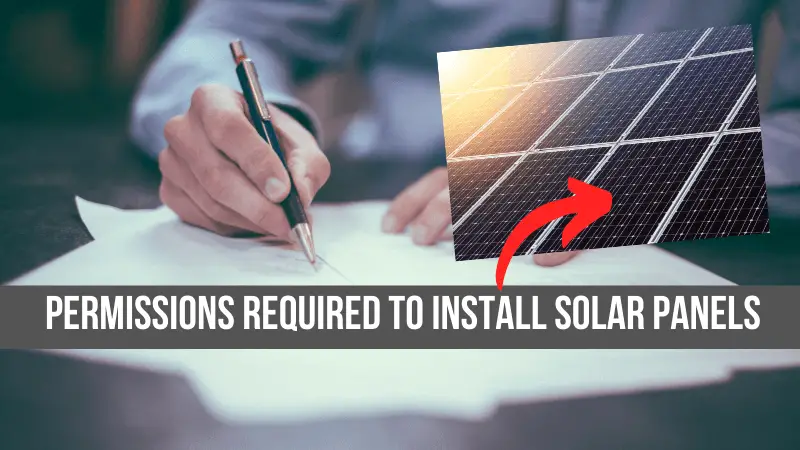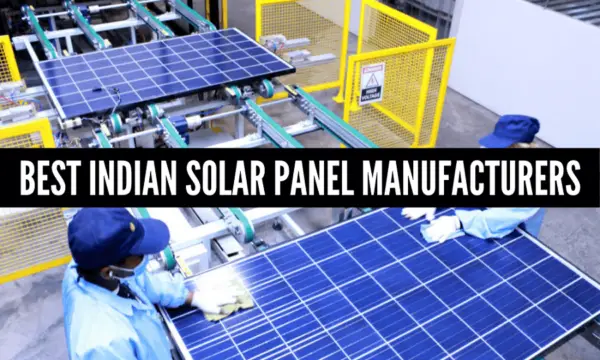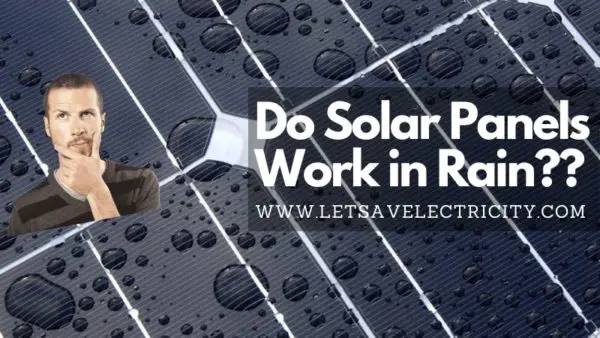Installing a solar power system in your house is like installing a small power plant (in the safest way possible) that allows you to generate your own electricity. But before you plan to install it it is worthwhile to understand the permissions required to install a solar system in India.
There are basically two types of solar systems you can Install, one is a grid-tied solar system popularly known as solar on-grid or solar net metering system and the other one is a solar off-grid system.
Solar off-grid system is the good old battery operated solar system where you store the power generated from your solar panels into the batteries and then power your appliances from the battery. If you are planning to install this type of solar system then you don’t need any kind of permissions what so ever (at least for a small residential system).
But a grid tied solar system or solar on-grid system needs permissions and has certain eligibility criteria even to install the system.
Eligibility Criteria To Install Solar On Grid System:
The eligibility criteria for installing a solar on-grid system changes from state to state and electricity provider to electricity provider, but the general guidelines are almost the same everywhere.
1.Sanction Load: In almost all the states in India, to install solar on grid system your electricity meter’s sanction load should be higher than the size of the solar system you want to install.
For example., If your sanction load is 5 kW then you are eligible to install a 5 kW solar system and in some places even less than that (around 80% of sanction load). I have attached website links to a few of the electricity providers with their eligibility criteria in the latter part of this post).
Solution – The solution to sanction load problem is that you can increase your meter sanction load by paying your electricity provider, this process is called “Sanction Load Enhancement” and cost of it varies from electricity provider to electricity provider (generally it is between Rs 1000 / kW to Rs 2000 / kW).
2. The Capacity of your transformer: In almost all states, on a single transformer anywhere between 40 % to 60 % of its capacity is reserved for solar system.
For example., If your local area transformer is of 200 kW and the eligibility criteria of your state is 40 %, then only 80 kW of solar system can be connected to that transformer.
Hence if that capacity is already filled, sorry you won’t be allowed to install a solar system. (Solar on-grid system is on First Come First Serve basis).
Unfortunately, you cannot check the size of your local transformer from your electricity bill just the way you can check sanction load. Hence you will have to approach your electricity provider to get this information.
Now that we know about the eligibility let’s talk about the permissions needed to install solar.
Permissions Required To Install Solar System:
A typical solar on grid system requires two types of permission.
- Permission from your electricity provider. (In all cases)
- Permission from your municipality. (Rare cases)
Now let’s see when you will need any of the above permissions.
Permission From Electricity Provider:
1. Permissions from electricity provider: Since in a grid-tied system you will be always connected with your existing electricity provider and importing and exporting electricity as per your need, there are certain permissions you need to acquire before you export electricity into the grid.
- Net Metering Application – After you install a solar on grid system, your existing meter which is a one-way meter will be replaced by a bi-directional or two-way meter. Typically the charge of net metering application varies from Rs 500 to Rs 2000.
- Net Metering Agreement – Along with the net metering application you will have to submit a net metering agreement which basically tells your electricity provider that you are installing solar and will export excess electricity your solar generates to the utility grid and pull any amount of electricity from the same grid when your solar is not producing electricity.
Once you get the above documents submitted then the new net meter will be installed. If your existing meter room is not as per the standard specification then you will have to change your meter room as per their need (Change the meter box to a new one and maybe replace some thin wires).
Getting the net metering application and net metering agreement ready and submitting it to the electricity provider is easy and for most people, this is all the permission or approval they will need. But some people will also need the below permission.
Permissions from municipality:
Permissions from municipality: Your electricity provider only cares about the electrical side of your solar system it doesn’t care about how high you install your solar panels, whether you have done a new construction to install solar panels (e.g., metal roof).
Generally speaking for a residential establishment there are three cases of solar panels installation.
- Solar panels installation on Direct Roof – If you already have a metal roof or asbestos roof and you want to install solar on top of it then you don’t need any approval from your municipality.
- Solar panels installed on Terrace (RCC) – If you have a terrace and you install solar panels on it then you will require permission based on the height of the installation.
- For No Height – If your solar panels are at low height (under 6 ft in most cases) then you won’t need any permission.
- Elevated solar panels – Now if you install your solar panels at 10 feet height then you might have to intimate or in some cases take permission from your municipality. (check with your municipality)
- Solar panels installed on a metal roof on top of your Terrace – If there is an existing metal roof on your terrace which is constructed with permission then you can install solar on top of it. But if you want to make a new metal shed and install solar panels on top of it (so you can use the area underneath it) then you might have to take permission from your municipality. (This permission changes from place to place, I live in Mumbai here for any such construction you have to take permission from our municipality (BMC)).
Apart from the above permissions, you don’t need any permission to install solar on a residential level.
Solar Requires Too Many Permissions :
Before you jump to the conclusion that too much documentation is required to install solar panels, let me tell you if you go with a good installer all the above documentation will be done by the installer himself, you just have to sign the documents.
Almost 90% of the houses which are installing solar without constructing super high structures only need to submit the net metering application and net metering agreement.( Which is easy and again will be done by your solar installer).
Your municipality will only come into play if you make super high structures or make new metal shed for solar installation, so please don’t worry.
Conclusion On Permission For Solar System:
To conclude this article, if you want to install solar system in India you must have sanction load higher than your solar system size and have space in your local transformer to accommodate your solar system.
Once you are eligible to install solar you will have to submit the net metering application form and net metering agreement which sounds daunting but is pretty straight forward (In most cases your installer will do this for you).
If you are new to solar and still don’t understand many terms then feel free to check out my other articles on solar.
If you like this article then like it and feel free to share it with your friends on WhatsApp, Facebook, and anywhere else.
Thank you for reading.
Have a nice day 🙂
Here is the list of website from DISCOM all over India, you can find the sanctioned load and transformer criteria for your place from here.
- TATA Power – https://www.tatapower-ddl.com/netmetring/applynetmetering.aspx
- Adani Power – https://www.adanielectricity.com/RooftopSolar
- Torrent Power – https://connect.torrentpower.com/tplcp/index.php/callcenter/index?pagename=Solar
- Karnataka – https://kredlinfo.in/Solar_Grid_Rooftop
- Delhi – https://www.bsesdelhi.com/web/brpl/net-metering





